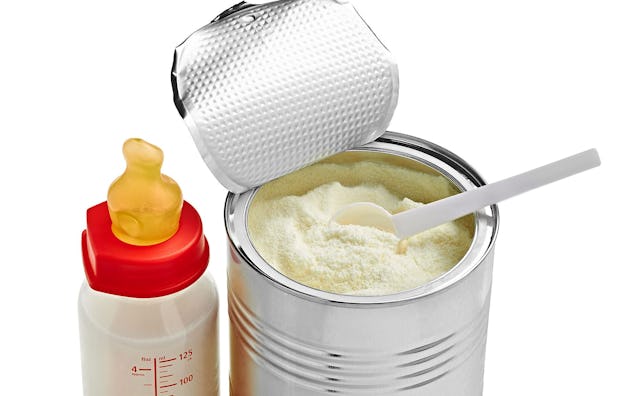7 Things Moms Shouldn't Feel Guilty About, According To Science

Mothers and guilt are practically synonymous. Pretty much every mom I know wonders if every decision she’s made is a good one, and the road not taken can weigh heavily. But it turns out that a lot of that anxiety is misplaced, according to new research. Below, seven things you no longer need to feel guilty about.
1. C-sections. Very few women have C-sections lightly—most are taking the advice of their doctors in what is usually a frightening and painful moment. I was no exception, and my C-sections at the very least saved a lot of trauma and possibly my life. Other women I’ve talked to report the same—and yet we all feel just a little guilty that we may have deprived our kids of the respiratory benefits and intestinal-bacteria benefits of a vaginal birth. What if we had tried just a little harder? There’s at least one crummy article going around that says that babies born via C-section are more likely to develop chronic diseases. But this Slate story refutes that assertion, taking at least that reason for guilt off the table. And while vaginal birth is ideal, doctors weigh risks all the time, and I’ve comforted myself with the knowledge that my OB decided that the danger presented by a Caesarean was a more acceptable risk than that of continuing with a stalled labor.
2. Formula-Feeding. I breast-fed after a rocky, rocky start that included weeks of bottle-feeding. The formula the nurses gave my sons within hours of their birth has always felt like the very first failure in my tenure as a parent. But it turns out that the benefits of nursing have been overstated. Outcomes for kids depend much, much more on the advantages that individual families enjoy, or don’t, as the case may be.
3. Letting kids, once in a while, gorge themselves with sweets. Ellyn Satter, the respected and groundbreaking nutritionist who wrote Child of Mine: Feeding With Care and Good Sense changed my whole perspective on picky eating and letting kids regulate their own food intake. Satter recommends, once in a while, letting your kids eat their fill of a sweet treat like Oreos. This has two benefits: One, you don’t set up some foods as “forbidden fruit,” which they’ll then binge on in secret when they have the chance. And two, only by going overboard once in a while will kids learn to pay attention to their satiety cues.
5. Allowing some screen time. The winter my son was 2, my husband had serious back problems that made it difficult for him to do any child care. I managed by sticking my kid in front Sesame Street for longer stretches than I’m proud of, but I felt like I couldn’t keep up with the cooking and cleaning without the electronic babysitter. I’ve felt awful about that ever since, like I robbed him of a whole season of enriching activities. So I was relieved and delighted to read that Sesame Street provides lasting educational benefits for kids—as much so, even, as preschool.
6. Working outside the home. When I went back to work I was worried that the sheer number of hours I’d be out of the house would be harmful to my kids. But new research shows that children of working moms grow up to be just fine—in fact, for girls, there’s even a career benefit. I have boys, but I’m psyched to know that they’ll be “more likely to contribute to work around the house as adults and to spend more time caring for children and family.”
7. Daycare. Science reporter Melinda Wenner Moyer breaks down all the day care studies here, and indeed, there is some cause for some anxiety: Day care across the U.S. is not that great. But I took some comfort from the last couple of paragraphs of the story, which stated that after your do your due diligence and select the best care situation you can, what really matters is this: Moms who wanted to work, and did, had children who fared well. And moms who wanted to stay home, and did, had children who fared well. According to Moyer, “In other words, ‘when the mother’s choice was congruent with what she wanted and believed, children did well,’ [the researcher] says. What’s best for you, then, may well be what’s best for your kids, too.”
This article was originally published on